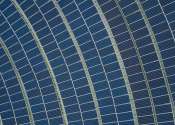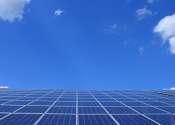Here's how 'microgrids' are empowering regional and remote communities across Australia
Small collections of electricity generators, or "microgrids", have long been used in disaster recovery, when network supply falters during bushfires or cyclones.
Jul 4, 2024
0
1








